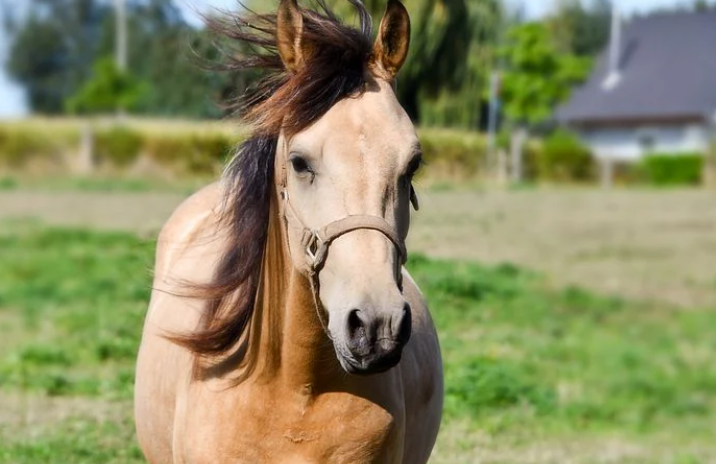Medical Issues That Commonly Happen to Draft Horses

Draft horses are becoming more popular among people. Some people might be familiar with this horse kind, which is big and tough. Draft horses are usually the ones who can be ridden by humans. Some people decided to adopt and treat them to do some business, such as become one of the attractions in amusement parks. However, sometimes they didn’t treat them well, which makes them look skinny and stress. It could raise the potential of some diseases to the horses. Therefore, it would be better to focus on treating them first before focusing on their weight gain. To address these draft horse health issues, gather as much knowledge as you can so you can give your draft horse the best care possible. These are four common health issues that could happen to them;

Junctional Epidermolysis Bullosa
This deadly disease causes foals to die at birth in as little as one week. The skin still fails to adhere in one piece, and patches of skin and coat begin to rub against stress points, spreading into larger and larger patches. By the time a foal is known to have EBJ, it must be put down because it is a debilitating disease. In 2002, researchers discovered where the mutation receptor site was found. Now, a DNA test can determine if breeders are carriers.
Azoturia
Azoturia is a metabolic disorder that occurs regularly in draft horses. It usually occurs after the horse has had time off and is expected to return to work. The horse shows signs of profuse sweating, nervous behavior, rapid heartbeat, and muscle stiffness, especially in the hindquarters, soon after work begins. The horse exhibits severe muscle aches and pains. The horse’s urine is dark due to red pigments in the intestinal tissues released into the bloodstream when muscle fibers separate. If the horse had to continue working, the symptoms are worse, and the horse is falling. The horse can die from kidney failure because the kidneys cannot filter the enzymes that are released into the bloodstream. 
Some researchers think the Whipple reason may be related to equine polysaccharide accumulation myopathy (EPSM). This metabolic disorder occurs in many draft horses in which the muscle accumulates glycogen and glycogen-related compounds instead of using them for energy. In the past, various medications such as steroids, muscle relaxants, and supplements have been used to control the horse once it had a function. The EPSM diet is reasonably helpful in preventing further episodes when started in the disease’s early stages. Exercise may also be important in the recovery of draft horses with azoturia.
Tremors
It is easy to diagnose as a result of symptoms. The horse cannot move back because the hind legs are trapped in an elevated, bent position. It is speculated that shivering is hereditary, resulting from the neurological injury caused by infectious diseases such as influenza or strangulation, or perhaps the result of the damage. Treatment is limited to massage, acupuncture, and exercise. Unfortunately, the chill is often a chronic condition that gets progressively worse once the horse can function.
Liposuction
Unlike the other types mentioned, this is a less acute condition but can occur in high suspension draft horse breeds. It most commonly occurs on the rump legs. It is believed to be caused by very long hair on the back of the pads and constant moisture, and inadequate hygiene. By the time it is noticed, it has been there a couple of times. Therefore, it is essential to learn how to discover the symptoms to avoid future severe conditions.




Leave a Reply